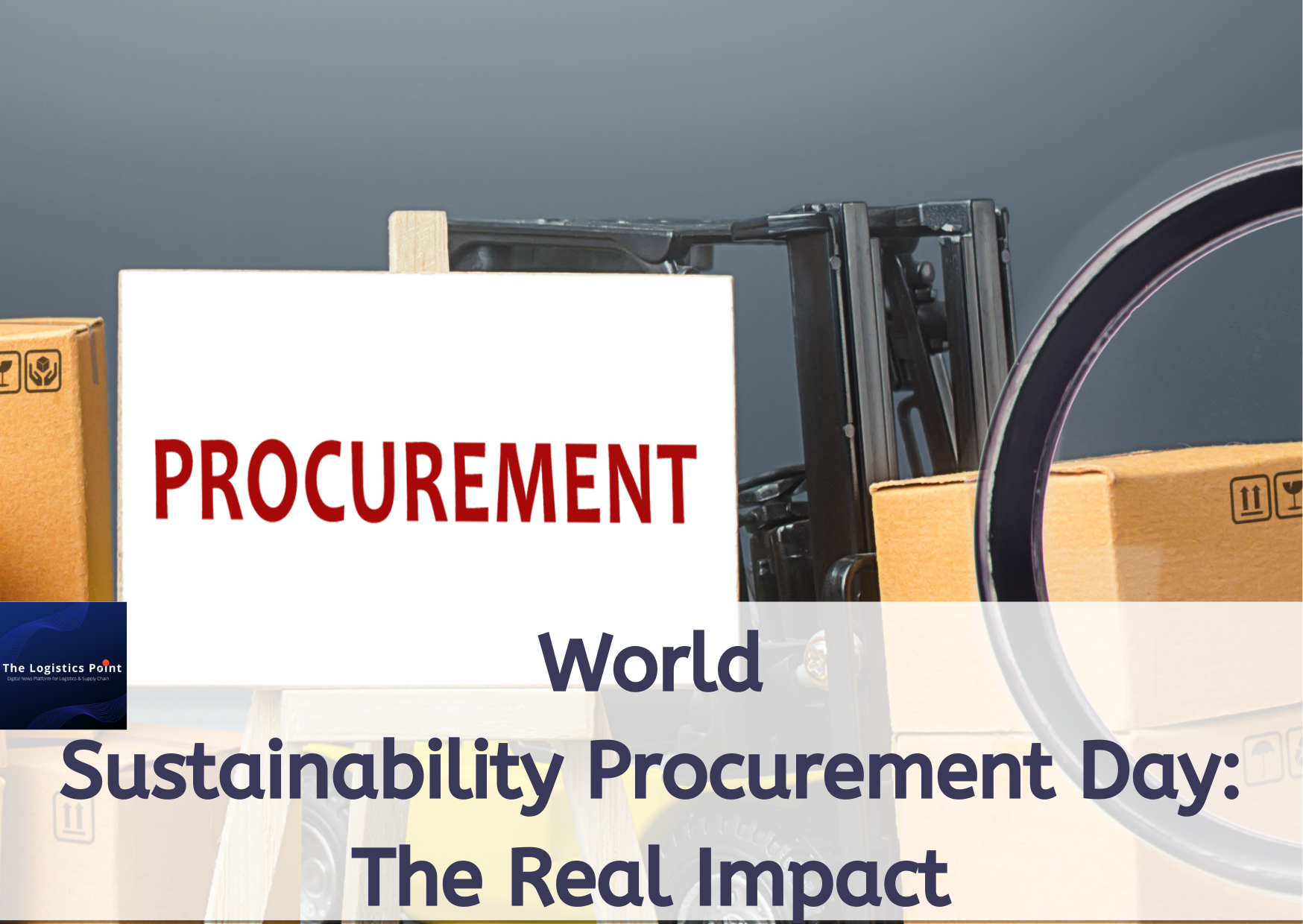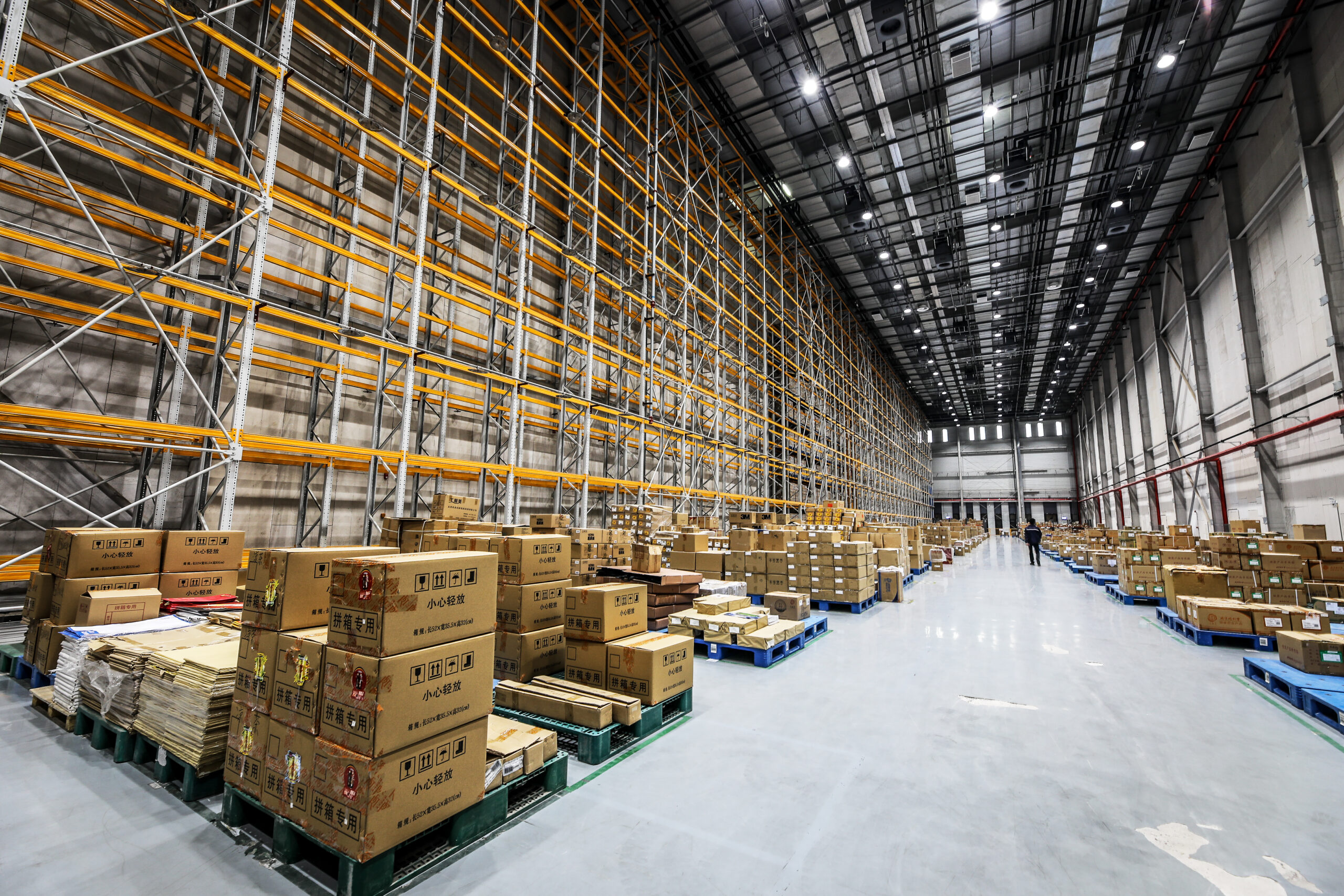This World Sustainable Procurement Day on March 21st, Barkers Procurement explores the rising importance of sustainable supply chains, and why it’s a value businesses should focus on now more than ever.
An overhaul of your supply chain may sound daunting, especially if you’re prioritising ESG as a part of this, but there’s a simple three-step process to follow.
1. Diagnosis
Before you can move forward, you first need to understand where you are. The only way to do this is to take stock of your current procurement practices; where could your organisation be at reputational or operational ESG risk? Once you know where the gaps are, or where improvements need to be made, a tailored strategy can be built.
ESG will be the focus at our Delivering Green event on 22nd May in Central London. You can join us by getting an Early Bird Ticket now:
2. Strategy
In a world where sustainability is becoming a core focus, it’s vital that ESG runs throughout your entire business model. A procurement strategy is all well and good on its own, but how does it slot into an existing organisational strategy? Without that commitment to ESG throughout the entire business, the positive impact won’t be nearly as profound.
3. Implementation
Once the balance has been struck between procurement and organisation, it’s time to implement a process that requires constant adaptation. Agreed-upon timescales and KPIs will need to be in place, along with risk management plans and necessary training and development. The constant monitoring and management of suppliers will be required to ensure they are consistently meeting the requirements of your ESG strategy.
Strategy implementation isn’t a ‘one and done’ approach; it requires constant monitoring, and the intuitive willingness to change tactics should you feel unhappy with any part of the process along the way.
Why sustainable procurement matters more than ever
1. Environmental concerns
The term ‘sustainable’ is most synonymous with the environment, so it stands to reason that a large part of eco-friendly efforts would focus here. With growing awareness of environmental issues – such as climate change, pollution, deforestation, and resource depletion – organisations are feeling the pressure to minimise their carbon footprint and to embrace circularity within their supply chain.
Sustainable procurement plays an important role here by helping to reduce the environmental impact of operations by selecting suppliers and products with lower carbon emissions, selecting routes to market with less waste generation, and following more sustainable sourcing practices.
2. Risk to supply chains
There’s a great deal out of our control when it comes to procurement, and global supply chains are vulnerable to a range of risks, including geopolitical instability, labour disputes, natural disasters, and ethical controversies. These risks can disrupt operations, lead to supply shortages, and even damage reputations. Sustainable procurement works to mitigate these supply chain risks as much as possible by diversifying sources, promoting transparency, and building more resilient supplier relationships.
3. The triple bottom line
Companies reporting on their bottom line is standard practice, but the concept of the triple bottom line (TBL) suggests that this should go a step further than simply reporting on financial performance. The idea of reporting to shareholders on social and environmental impact is becoming more prevalent, in the form of the 3Ps: People, Profit and Planet.
In the procurement industry, the triple bottom line covers a multitude of areas, including human rights, compliance, fair labour, equality and diversity, employee wellbeing, environmental protection, waste and hazardous materials, and education and development. TBL focuses on ensuring value for all stakeholders, including employees, customers, suppliers, and those in the wider community.
4. Future-proofing
If the Covid-19 pandemic has taught us anything, it’s that the world as we know it can change at a moment’s notice. Developing a sustainable procurement strategy reassures businesses that they have prepared as much as possible in case of a potential supply shortage. Whether it’s a global pandemic or social-political changes – such as the availability of technology, economic fluctuations or environmental changes – businesses can future-proof and prepare for the worst.
5. Future conservation
It’s important to remember that the future is not just our own. The core of sustainability is about meeting our current needs, without compromising those of future generations. The impact a company makes on society has quickly transformed from a decent thing to do, into a compulsory requirement. Sustainable procurement is becoming more embedded in day-to-day decision-making and business operations; the challenge is to work towards integrating social and environmental considerations into the procurement process going forward.



